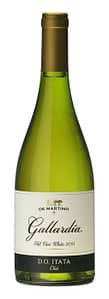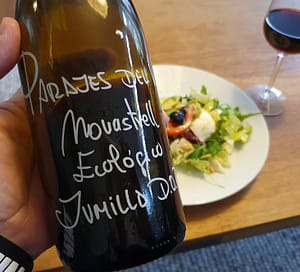De Martino has been an important player in the development of Chile’s modern wine history. In 1996, De Martino became the first producer to register, produce and export wine from the carmenère grape. In 2008 they converted all the vineyards to organic farming and in 2009 De Martino became the first winery in Latin America to become carbon neutral. They work dedicatedly to find the best and oldest vineyards and make site-specific wines with a clear grape character.
De Martino’s grapes should only come from organically grown vineyards without use of chemical substances, the vines should be ungrafted, the grapes should be harvested before they become too ripe, the wines should only be fermented with native yeast and only stored in containers that do not show influence of oak.
The vines for this wine were planted in 1905 as free-standing ungrafted plants on granite-rich soils in the cool mountain coastline of Itata. The vineyards are located about 18 km from the sea on hillsides. The grapes are muscat 70% and the rest corinto, or chasselas, 110 years of age. They were hand-harvested and spontaneously fermented, and matured on lees. It’s a single vineyard called Guarilihue.

Gallardia Old Vine White 2016 (De Martino)
Light yellow colour. Aroma of apricot, white flowers, herbs (nutmeg), citrus (lime). Medium bodied, dry, with a fresh acidity and some minerality.
Price: Medium
Food: White fish, shellfish, vegetables, light meat
Leave a Comment






